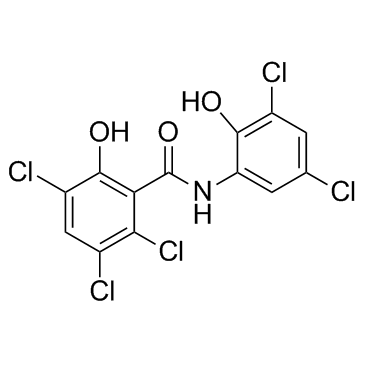Humoral and cellular response to infection with Echinostoma revolutum in the golden hamster, Mesocricetus auratus.
J Mabus, J E Huffman, B Fried
Index: J. Helminthol. 62(2) , 127-32, (1988)
Full Text: HTML
Abstract
Laboratory hamsters (Mesocricetus auratus) were infected with Echinostoma revolutum (Trematoda). Immunoelectrophoretic studies of hamster serum showed no demonstrable antibody response to E. revolutum. Histopathologic examination of intestinal tissue of infected hamsters showed erosion of intestinal villi and lymphocytic infiltration as the primary host response. Spleens from infected hamsters were hyperplastic during the first 3 weeks of infection and atrophic from 4 to 8 weeks postinfection. Hamsters were unable to acquire a resistance to E. revolutum infection. Lack of resistance was demonstrated in hamsters where the parasite infection was no longer detected based on the absence of eggs in the faeces; these hamsters were then reinfected. Hamsters treated with the anthelmintic oxyclozanide were also reinfected with E. revolutum.
Related Compounds
| Structure | Name/CAS No. | Molecular Formula | Articles |
|---|---|---|---|
 |
Oxyclozanide
CAS:2277-92-1 |
C13H6Cl5NO3 |
|
[The investigation of short term efficiency of oxfendazole +...
2008-01-01 [Turkiye. Parazitol. Derg. 32(2) , 134-8, (2008)] |
|
Determination of bithionol, bromophen, nitroxynil, oxyclozan...
2010-01-01 [J. AOAC Int. 93(4) , 1340-6, (2010)] |
|
Immunological detection of chemotherapeutic success in bovin...
1992-12-01 [Vet. Parasitol. 45(1-2) , 81-8, (1992)] |
|
Activity of oxyclozanide, nitroxynil, clorsulon and albendaz...
2001-06-09 [Vet. Rec. 148(23) , 723-4, (2001)] |
|
The efficacy of triclabendazole and other anthelmintics agai...
1990-03-03 [Vet. Rec. 126(9) , 213-6, (1990)] |